On the occasion of the International Day for the Elimination of Violence against Women, the European Federation of Journalists (EFJ) is launching a new report, Ending the Silence on Online Harassment of Journalists.
The report, authored by journalist and technology policy advisor Elodie Vial, provides an overview of a very common phenomenon – online harassment of journalists – that is normalised, making it difficult to combat. The report documents trends, identifies key challenges, highlights best practices, and offers actionable recommendations for all stakeholders – journalists’ unions and associations, newsrooms, social partners, politicians, and online platforms – to better protect journalists online.
According to a survey of the European Federation of Journalists (EFJ) members across Europe, 87% of respondents reported that women in their organizations had been attacked, and 17% mentioned attacks on gender minorities. Racist attacks were recorded by half of the respondents to the EFJ survey. Forms of abuse range from hate speech (82%) and insults (78%) to rape threats (40%) and other forms of gender-based violence (65%).
New tactics, such as fake news, impersonation, and other malicious content generated by artificial intelligence and aimed at journalists, are spreading rapidly and further impairing journalists’ ability to do their work. The author also notes that online violence too often leads to other forms of violence and pressure offline, highlighting the need for immediate action to prevent escalation.
The report is the first of its kind, offering detailed guidance for journalist organizations on how to better protect journalists online. It outlines legislative instruments such as the European Media Freedom Act (EMFA) and the Digital Services Act (DSA). It explains how they can be used to demand better protection for journalists from online harm.
“The EFJ’s research shows how widespread and dangerous this threat is, so read the statements of colleagues who face these attacks every day. This does not happen in a virtual world where everything disappears when you close your laptop. Behind every threat is a real person whose life, safety, and dignity have been violated. We must unite to support and protect journalists from the personal and professional consequences of online harassment,” said EFJ President Maja Sever.
“Online harassment is not only an attack on individual journalists, but also a deliberate strategy to silence public debate. Women and minority journalists are disproportionately vulnerable to attack, facing systematic campaigns of gender-based and racist violence that push colleagues to self-censor, withdraw from social media, or even leave journalism altogether. Protecting those most at risk means defending press freedom and ensuring that all voices can be heard without fear,” added Elena Tarifa, the Chair of the EFJ Gender and Diversity Expert Group (GENDEG).
While safety mechanisms exist in most European countries, they are still poorly implemented by governments, public authorities, platforms, and media organizations. The report calls for a collective response to address what is not a personal issue but a systemic professional risk.
DOWNLOAD REPORT (English)
Stand Up for Journalism is an 18-month project led by the EFJ and implemented together with partners: Association of Independent Journalists – NUNS (Serbia), Media Union of Montenegro – TUMM (Montenegro), Danish Union of Journalists – DJ (Denmark), Turkish Union of Journalists – TGS (Turkey), National Syndicate of Journalists – SNJ-CGT (France) and Association of Professional Journalists – AJP (Belgium). This project is co-financed by the European Union. However, the views and opinions expressed are those of the author(s) alone and do not necessarily reflect the views of the European Union. Neither the European Union nor the grant-granting body can be held responsible for them.

 THE NATIONAL UNION OF
JOURNALISTS OF UKRAINE
THE NATIONAL UNION OF
JOURNALISTS OF UKRAINE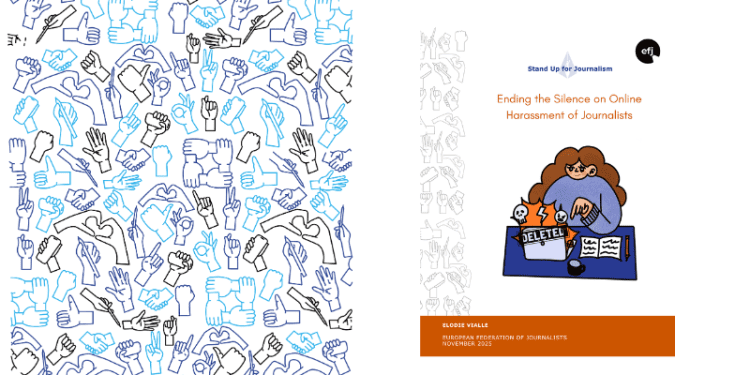
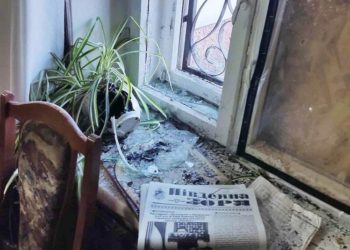


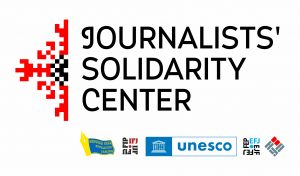







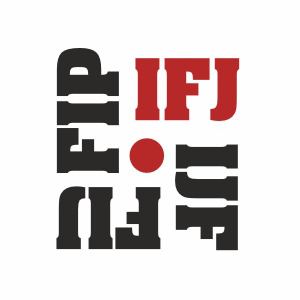
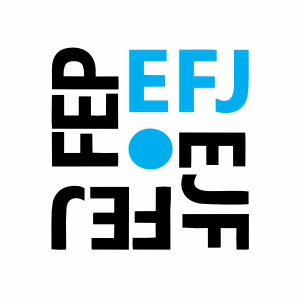


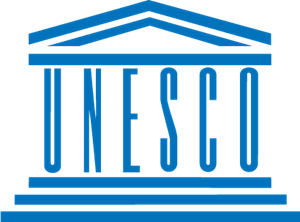
Discussion about this post